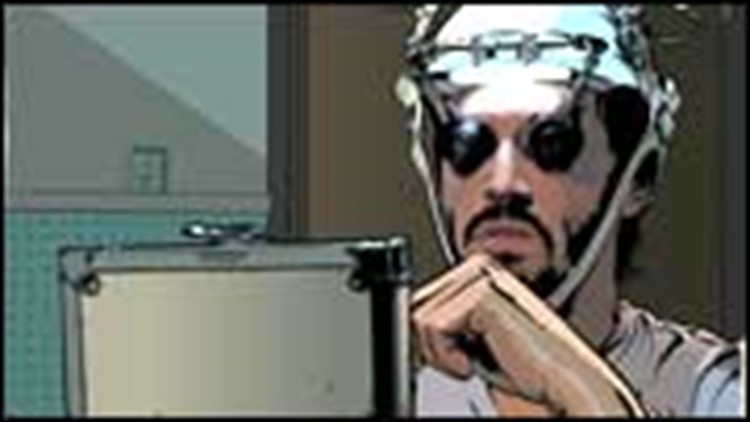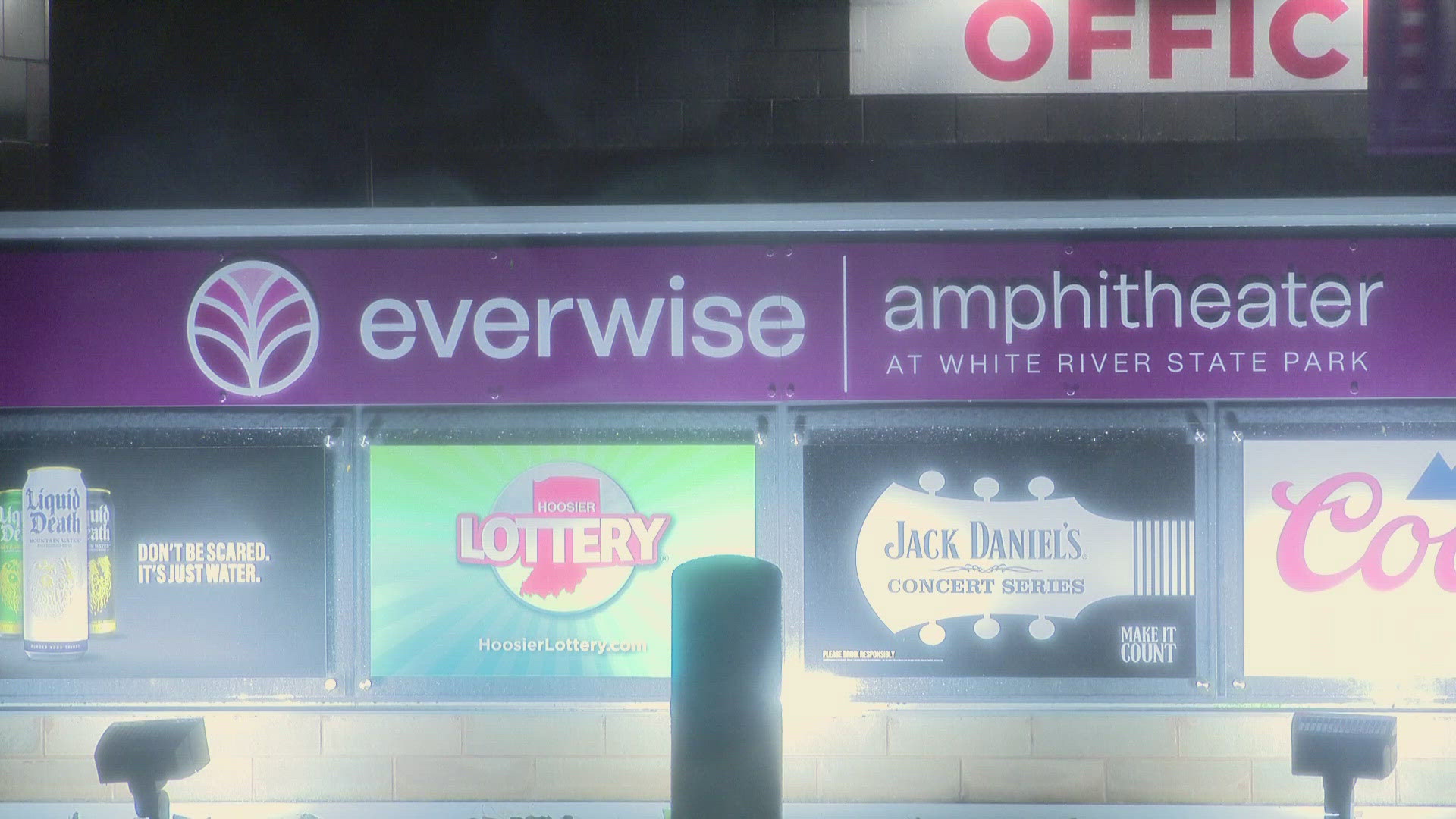Sara Galer
WTHR.com
Grade: A
In A Scanner Darkly, undercover agent Bob Arctor (Keanu Reeves) wonders, "What does a scanner see?" A scanner is a surveillance camera, and Arctor hopes the ones that have been installed in his house can see into the depths of his soul, because he has lost that ability.
Set in an enigmatic "seven years from now" in Anaheim, California, director Richard Linklater's adaptation of Philip K. Dick's 1977 novel about drug paranoia, government intrusion into private lives and corporate corruption excels in creating a distorted unreality that is entirely believable.
Told from Arctor's point of view, we follow him as he dons a "scramble suit" to retain his anonymity at work and at the occasional speech to groups eager to hear a solution to the social problem posed by Substance D, a new drug that has 20 percent of the population addicted. Arctor's job is to track dealers in the hope of working his way up the supply chain. But in the process, he has become addicted himself. On top of that, his superiors assign him with the task of surveilling his own house - and he himself, Arctor, is a suspect. But since no one in the undercover operations knows anyone else's identity, he is protected - for a while, at least.
Also nicknamed "Death," Substance D is a powerful narcotic that produces hallucinations and other unpleasant side effects. The film is shot in rotoscope, which means Linklater filmed the actors in live action. From there, the live action is traced frame by frame into animation. The result is somehow realer than live action, and it's perfect for depicting the dreamlike state of narcotic-induced paranoia and psychosis. Linklater last explored the boundaries between the real and imaginary in the magnificent "Waking Life," and A Scanner Darkly's characters will be familiar, too: the key actors all have some sort of firsthand knowledge of drug use, and the fictional losers they portray are Linklater's Slackers, 15 years later.
The first scene of the film made me feel grateful it was animated. A Substance D addict, whom we will later learn is Freck (Rory Cochrane), is battling a serious vermin infestation on his body. After several hours in the shower, he finds them on his dog, too. He calls his friend Barris (Robert Downey Jr.) and vows to bring him some bug samples in a jar. Later on, he looks at the jar and realizes it's empty. Barris asks him how much Substance D he's taking, and Freck replies, "Not much." This classic question is to be repeated several times throughout the film, when it is apparent that the respondents are taking way too much.
Where Keanu Reeves and Winona Ryder sometimes come through with less than satisfactory performances in other films, they both seem perfect for their roles. Ryder is the highly strung drug dealer Donna, who maintains strict control over her surroundings and shuns physical contact. This frustrates Arctor, who winds up with a prostitute after a frustrating evening and then proceeds to have what can only be described as a very bad trip. Like the classic nightmare scenario where the character wakes up, only to find that the safety he thought he would find in the real world also eludes him, Arctor is headed down into an unstoppable spiral.
It sounds depressing, and it certainly can be at times. But one element that surprises is how funny some scenes are. When Barris (Robert Downey Jr.) shows up at the house, gleefully telling the others about the new bike he just bought from a neighbor at a knockdown price, the ensuing discussion centers on how many gears the bike actually has. This conversation is lifted directly from the novel, and the minute nit-picking of the characters at Barris' triumph is hilarious. Robert Downey Jr., whose real-life addictions have made him healthy fodder for celebrity tabloids, turns in an impressive performance as Barris.
The rotoscoped faces of Linklater's characters can be disconcerting, especially when Arctor (whose undercover name is Fred) deals with his boss, "Hank." The scramble suits they both wear show their faces constantly shifting, so that a shoulder might be that of a young woman for a second or two and then change to the rough edges of a lumberjack shirt. Eyes, lips and noses constantly change as they speak. When viewed in contrast with the other animated characters, it feels like everyone is wearing a mask - an interesting metaphor for the film, since most of the key players are not what they seem (reinforcing Arctor's growing paranoia). Indeed, there is even a mask behind the door in Arctor's run-down suburban tract home. Did he really have a wife and two little girls at one point, as he insists, or is that just fantasy, too? At least Arctor grasps how dire his situation is, saying, "I can count on nothing."
At one point Arctor says, "This is a world getting progressively worse. Can we not agree on that?" He speaks from a fictional place, but you get the feeling that this is the author's commentary on real life. Although the theme of A Scanner Darkly is grim, it ends on a surprisingly positive note (which I won't give away here). For many who are addicted to hard drugs - as we are reminded in the end credits by Philip K. Dick himself - the road of wild highs and sickening lows leads to the morgue, or at least, permanent cognitive impairment. Frequently there is no redemption at all, but A Scanner Darkly offers a little hope - maybe just enough to prevent it from being too dark.



